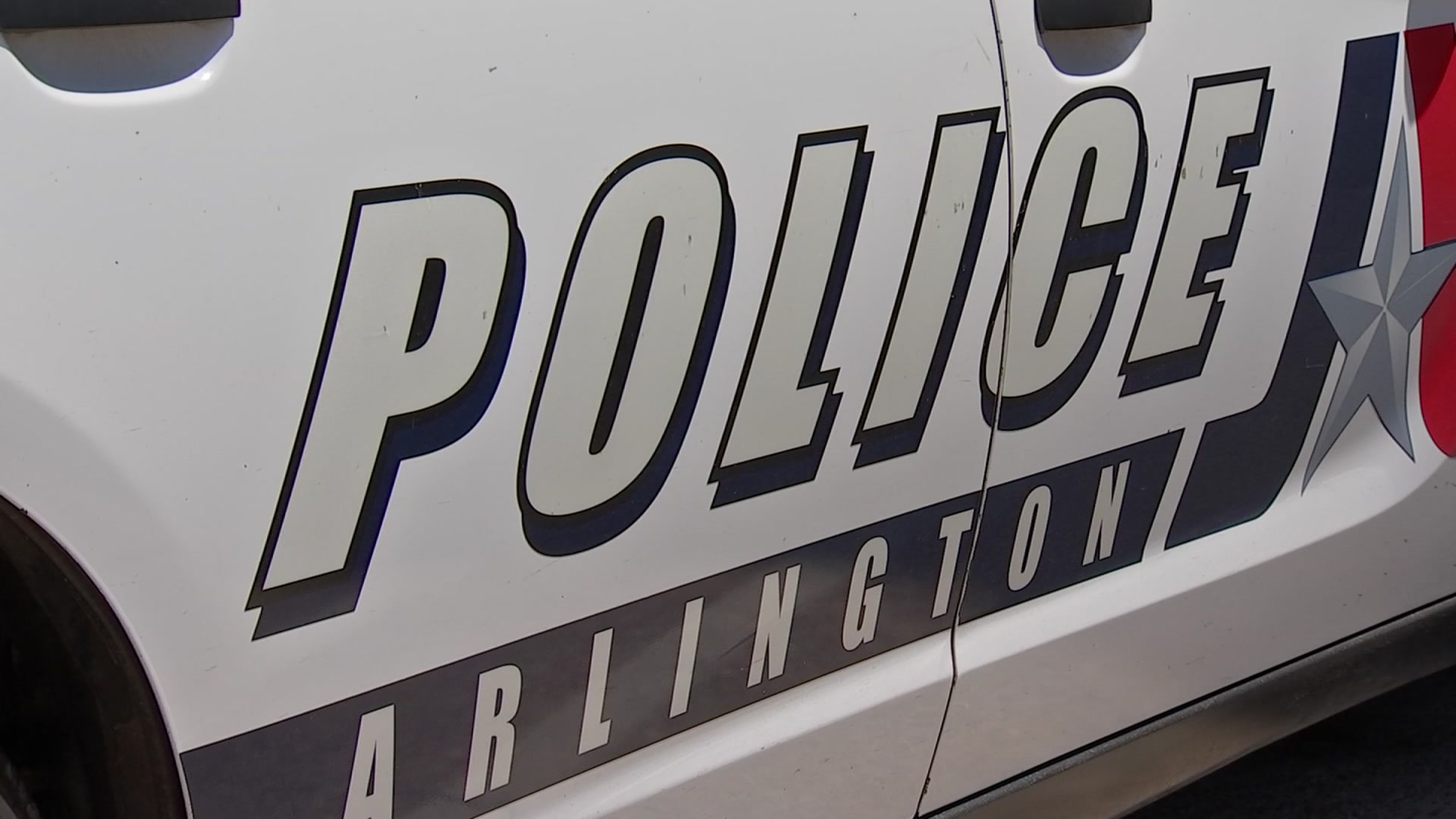Dallas is making plans to expand green space with support from a high-tech mapping tool that will identify areas where green space will best benefit the city.
In addition to recreation, park land with trees has many benefits, including flood water retention, cleaning the air and reducing summer heat.
"Park land solves a whole multitude of issues," said Dallas Parks Director Willis Winters.
This year, the Parks Department has about $262 million to spend on parks from the 2017 public improvement bond referendum.
And next week, the Dallas City Council is scheduled to vote on a park land dedication ordinance that would provide a new revenue stream to buy more green space.
The ordinance would require new residential or hotel construction to dedicate park land or pay a fee to support the city's park land acquisition.
Other large Texas cities already have similar laws.
Local
The latest news from around North Texas.
"The first one was adopted in 1955 in Corpus Christi. Most of the cities surrounding Dallas, all the suburbs, all have park land dedication ordinances," Winters said.
And now, The Trust for Public Land has teamed up with other non-profit groups to help Dallas spend the money wisely.
At no cost to the city, the groups are developing the Smart Growth for Dallas mapping tool that will pull data from many sources to combine the information in an interactive website available to the public.
"Our objective in Smart Growth for Dallas is to provide a best in class data tool, to help the city understand specific areas where we can make investments in green assets, whether it's things like rain gardens or more trees or buying more land for parks, that will have a big impact on social, economic and environmental challenges," said Robert Kent, North Texas area director of The Trust for Public Land.
Rain garden landscaping to retain flood water could be included in more Dallas street renovation projects with support from the mapping tool.
Other organizations are supporting community outreach and coordination for the project.
Lisa Neergaard, with the Building Community Workshop, said improving public access to park land is another goal Smart Growth for Dallas.
"It should be a tool that developers can use when planning a project. It also can be a tool that neighbors use when advocating for parks or green infrastructure," Neergaard said.
The online results should be available later this year.
"We'll use that as the starting point to address potential park sites to address all of the issues that we have," Winters said.
Dallas is behind other cities with a park dedication law, but it falls in the middle of the pack on the amount of park land per 1,000 residents, according to research by The Trust for Public Land.
However, Winters said another goal of Smart Growth for Dallas is to fill large gaps in the city where no parks are available for recreation.



